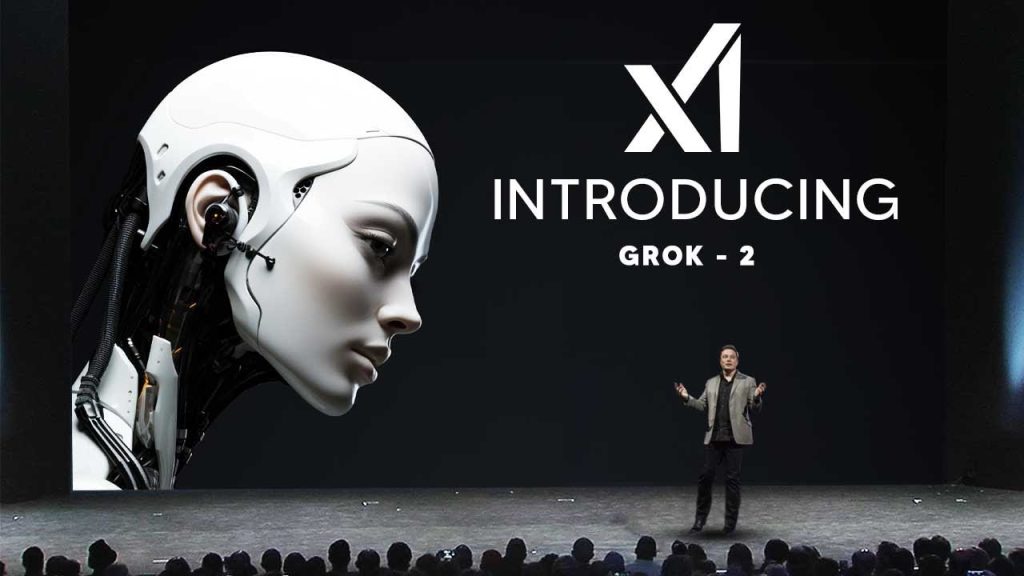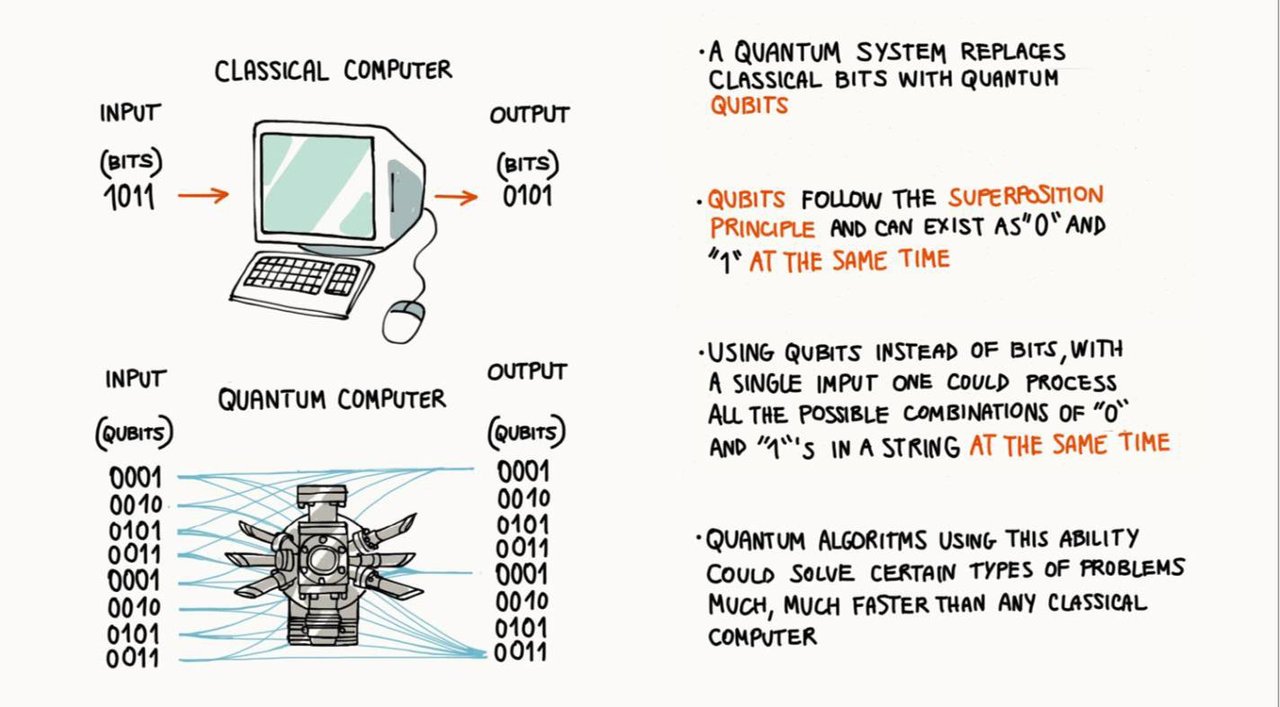As cybersecurity threats grow more sophisticated, confidential computing is becoming a crucial defense mechanism by securing data while it’s being processed. Unlike traditional methods that only protect data at rest or in transit, confidential computing keeps data encrypted even in memory, using secure enclaves or trusted execution environments (TEEs). This innovation dramatically reduces the risk of data breaches during computation.
Having followed developments in cloud security, I’ve seen how major cloud providers like Google, Microsoft, and AWS are now offering confidential computing services to clients handling sensitive data — such as financial institutions, healthcare providers, and government agencies. It’s especially useful in multi-tenant environments where privacy and compliance are critical, such as GDPR or HIPAA-regulated operations.
Confidential computing isn’t just about encryption; it’s about trust. As AI models and analytics rely more on shared data, this technology builds a bridge between privacy and performance. By enabling secure collaboration without exposing raw data, confidential computing could redefine the boundaries of secure digital transformation.





